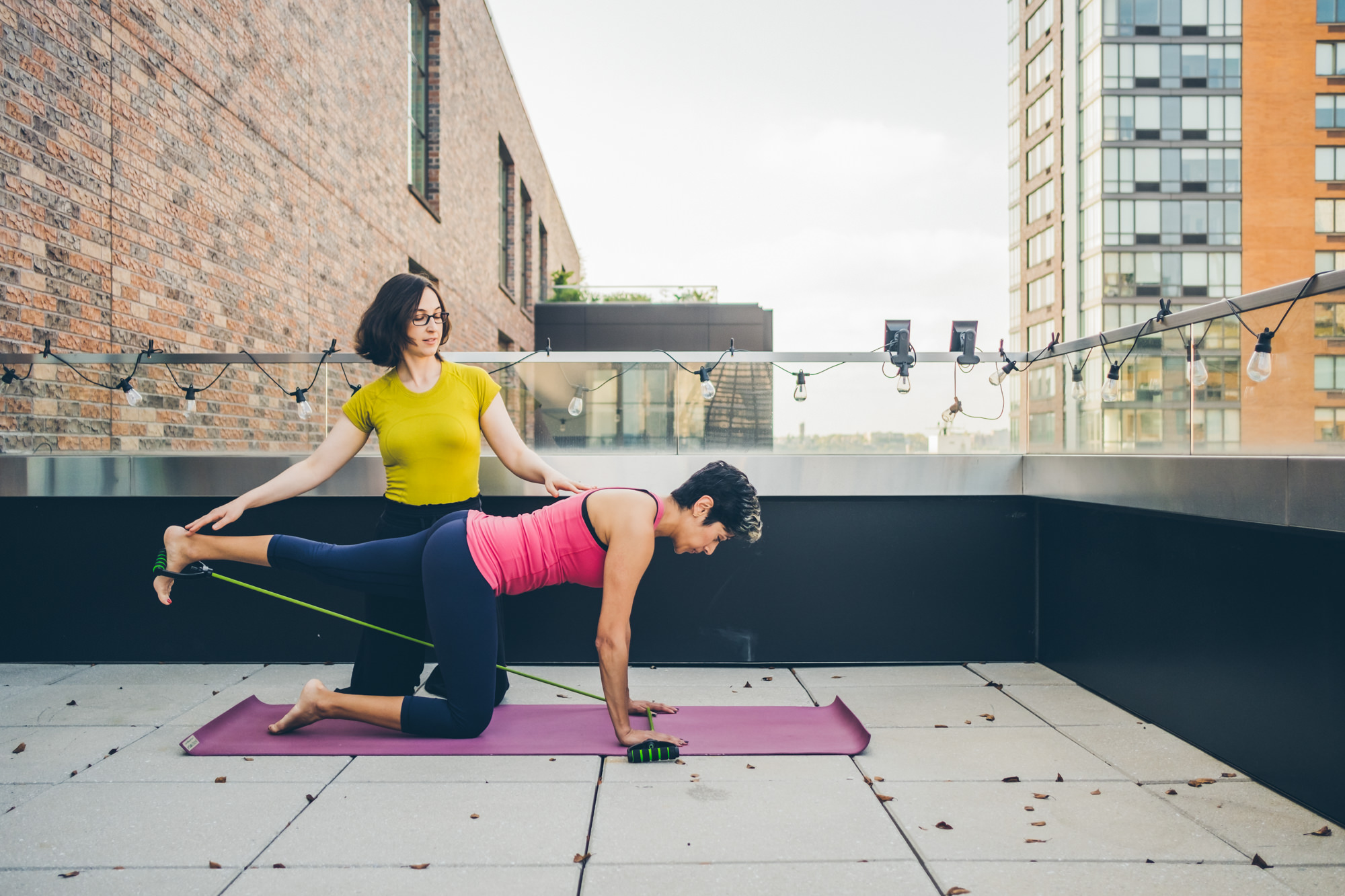
The Impact of a Restorative Yoga Practice
Improve your stress response
Though restorative yoga poses often feel like “nothing”, it is the opportunity for release and relaxation that make these poses so powerful. By letting go of tension and releasing into restorative postures you’re strengthening your stress response. The practice of repeatedly calming the body and returning to a resting state activates our parasympathetic nervous system. This can improve our over-all ability to return back to baseline through day to day ups and downs.
Improve digestion
Down regulating actions like relaxing the muscles and breathing deeply stimulate the parasympathetic nervous system allowing for more efficient and comfortable digestion. Certain postures can encourage general mobility and circulation in the GI tract.
Check out Morgana’s yoga for digestion series. Great to do after a big meal or to incorporate into your daily practice for digestive health.
Get better sleep
There is a wide spectrum of sleep disturbances, from snoring to insomnia. Even an occasional yoga practice has been shown to help people get a better nights sleep. Some scientists suggest this could have to do with mindfulness, a major component of a yoga practice, and the connection between states of mindfulness and increased melatonin levels. Another study done in 2014 showed that a gentle yoga practice improved sleep for pregnant women. For more information on yoga’s role in better more restful sleep check out this article from Sleep Foundation.

Prop Substitutions

As you dive into your restorative yoga practice, you may find many poses suggesting the use of props. Bolsters, blocks, straps and blankets are great if you have them on hand. However most props can be substituted for items you may already have around the house. Here are some suggestions:
Yoga Block: A large book with thin blanket on top can be placed under hips or shoulders
Strap: A long towel, scarf, or belt made of a soft material can be used as long as the exercise does not require the strap to be fastened.
Bolster: Pillows (or a stack of them), couch cushions, blanket or towel rolled length-wise can all work in place of a bolster.
Blanket:
Experiment! Try stacking and layering your props to achieve the desired effect. Remember that your comfort is the top priority in restorative poses, sometimes it will take a few tries to find the right position!
Some more resources to get your restorative yoga practice started:
This great article from Yoga Journal discusses why you need a restorative yoga practice this winter.

